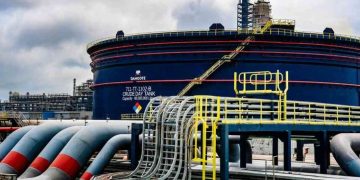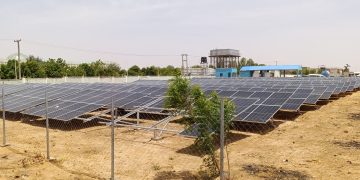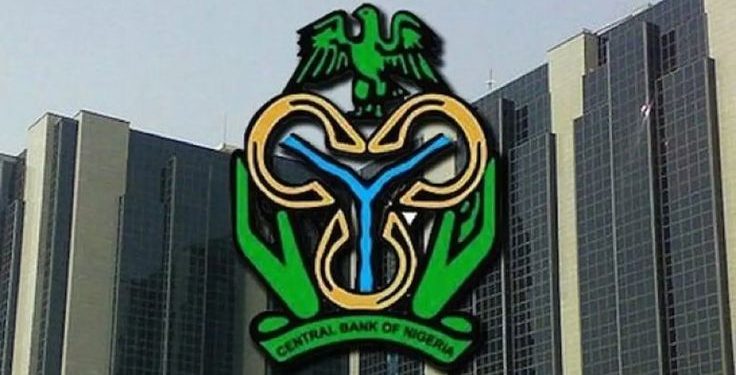Nigeria’s economy recorded a strong rebound in the second quarter of 2025, with Gross Domestic Product (GDP) expanding by 4.23% year on year in real terms, according to the National Bureau of Statistics. This marks the fastest growth in four years, outpacing the 3.48% growth recorded in Q2 2024 and the 3.13% growth rate posted in Q1 2025.
Oil Sector Drives Economic Growth
A key driver of the improved performance was the oil sector, which posted a sharp rebound. Crude oil production rose to an average of 1.68 million barrels per day (mbpd) in Q2 2025, compared to 1.41 mbpd in Q2 2024 and 1.62 mbpd in Q1 2025.
This output lifted the oil sector to 20.46% year on year growth, reversing years of contraction and boosting its contribution to GDP to 4.05%, up from 3.51% a year earlier.
Non Oil Sector Maintains Resilience
The non oil economy, which continues to dominate national output, grew by 3.64% in Q2 2025, compared to 3.26% in Q2 2024 and 3.19% in Q1 2025. Growth was supported by strong activity in agriculture, telecommunications, real estate, finance and insurance, trade, construction, and electricity.
Despite the oil sector’s recovery, the non oil sector still accounted for 95.95% of total GDP, slightly lower than the 96.49% share in Q2 2024, reflecting oil’s stronger performance.
Sectoral Performance Highlights
- Agriculture grew by around 2.82%, up from 2.60% in Q2 2024, driven largely by crop production.
- Industry expanded by 7.45%, nearly double the 3.72% growth recorded in Q2 2024, benefiting from improved mining and quarrying activities.
- Services recorded 3.94% growth, compared to 3.83% in the same period last year, boosted by telecoms, finance, and trade.
Nominal GDP and Economic Structure
In nominal terms, Nigeria’s GDP was valued at approximately ₦100.73 trillion in Q2 2025, compared to ₦84.48 trillion in the same quarter of 2024, representing a growth of 19.23%.
The industry sector contributed 17.31% of GDP in Q2 2025, higher than 16.79% in Q2 2024, reflecting the positive impact of oil and manufacturing.
Context and Implications
The Q2 2025 growth figure comes shortly after Nigeria rebased its GDP, changing the base year from 2010 to 2019 to better capture structural shifts in the economy. The update reflects the growing importance of sectors such as technology, services, and renewable energy.
Analysts say the stronger GDP growth indicates early signs that government reforms such as deregulation of the downstream petroleum sector, improved crude oil output, and ongoing monetary policies are yielding results. However, they caution that the growth rate still falls short of Nigeria’s medium term target of 5 to 7 percent needed to reduce unemployment and poverty at scale.
Outlook for the Rest of 2025
Sustaining this growth will depend on stability in crude oil output, continued policy reforms, and stronger support for non oil sectors. Key risks include global oil price volatility, persistent inflationary pressures, and challenges in foreign exchange liquidity.
If current momentum continues, Nigeria may close 2025 with one of its strongest growth performances since the pandemic era, setting a foundation for long term economic recovery.
























































